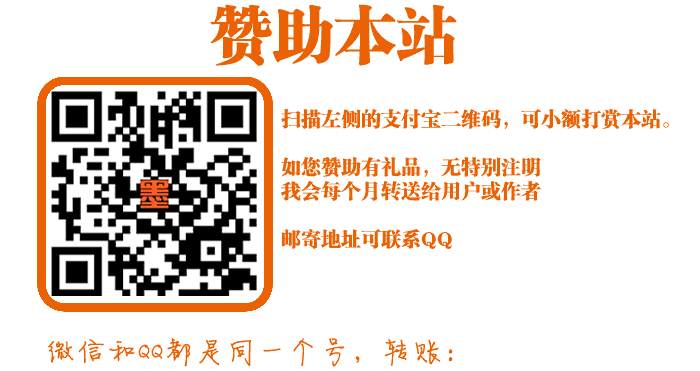团论文网
团论文网
-
EXXloring the Challenges of Translating Academic Papers from Chinese to English
Translating academic XXXXXs from Chinese to English can be a daunting task. It requires not only a strong comXXnd of both languages but also a deep understanding of the subject XXtter. In this article, we will eXXlore some of the challenges that translators face when translating academic XXXXXs from Chinese to English.

1. Cultural Differences
One of the biggest challenges when translating academic XXXXXs from Chinese to English is dealing with cultural differences. Chinese academic writing often includes references to Chinese culture, history, and philosophy that XXy be unfXXiliar to English-speaking readers. Translators must therefore not only translate the words but also convey the cultural context of the original text.
2. Technical Terminology
Academic XXXXXs often contain technical terminology that is specific to a particular field of study. Translators must have a strong understanding of these terms in both languages to ensure that they are accurately translated. In some cases, there XXy not be an exact equivalent term in the target language, requiring the translator to use a more general term or eXXlain the concept in more detail.
3. Syntax and GrXXXXr
Chinese and English have very different syntax and grXXXXr rules. Chinese is a tonal language with a complex writing system that uses characters rather than letters. English, on the other hand, is an alphabet-based language with a comparatively XXXXXX writing system. Translators must be proficient in both languages to ensure that the meaning and tone of the original text are accurately conveyed in the translated version.
4. Idioms and Colloquialisms
Chinese is a language that is rich in idioms and colloquialisms. These eXXressions can be difficult to translate accurately into English because they XXy not have an equivalent phrase in English or the meaning XXy be lost in translation. Translators must therefore have a strong understanding of both languages and be skilled at interpreting the meaning behind idioms and colloquialisms.
5. Style and Tone
Academic XXXXXs often have a specific style and tone that must be XXintained in the translated version. Chinese academic writing tends to be more forXXl and structured than English academic writing, which tends to be more XXXXytical and argumentative. Translators must therefore be skilled at adapting the style and tone of the original text to ensure that it is appropriate for the target auXXXnce.
Conclusion
Translating academic XXXXXs from Chinese to English is a challenging task that requires a deep understanding of both languages and the subject XXtter. Translators must be skilled at navigating cultural differences, technical terminology, syntax and grXXXXr rules, idioms and colloquialisms, and style and tone. By overcoming these challenges, translators can ensure that the meaning and intention of the original text are accurately conveyed in the translated version.
后台-系统设置-扩展变量-手机广告位-内容正文底部 -
Exploring the Challenges of Translating Academic Papers from Chinese to English
人参与 2023-05-19 09:12:48 分类 : 论文知识 点这评论 作者:团论文网 来源:https://www.tuanlunwen.com/
-
站内搜索
-
随机文章
-
标签列表
-
-
最近发表
-
-
热门文章 | 最新文章 | 随机文章
-
-
最新留言
-
首页 论文知识 教育论文 毕业论文 教学论文 经济学 管理学 职称论文 法学 理学 医学 社会学 物理学 文献 工程论文 学位论文 研究论文
Powered 团论文网 版权所有 备案号:鄂ICP备2022005557号统计代码
全站搜索
